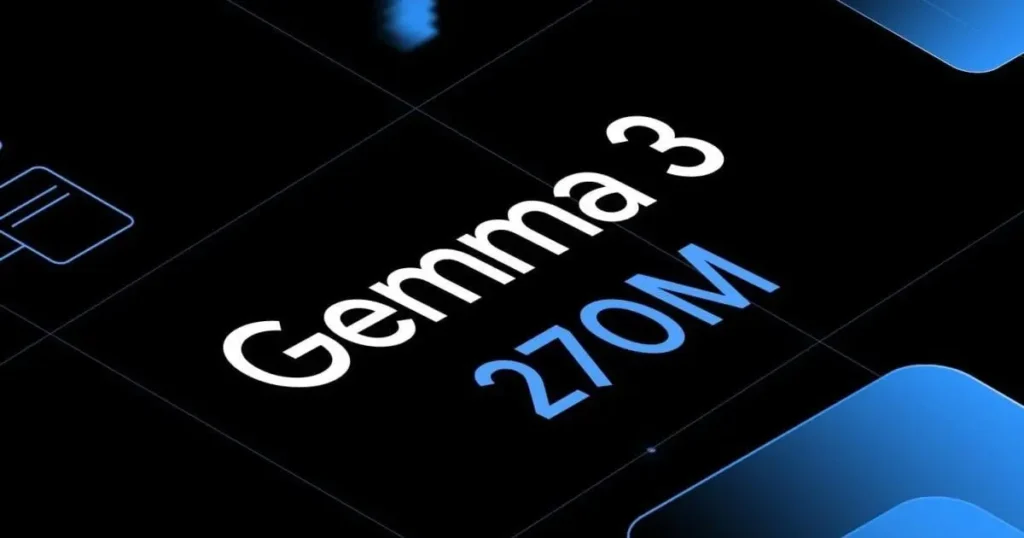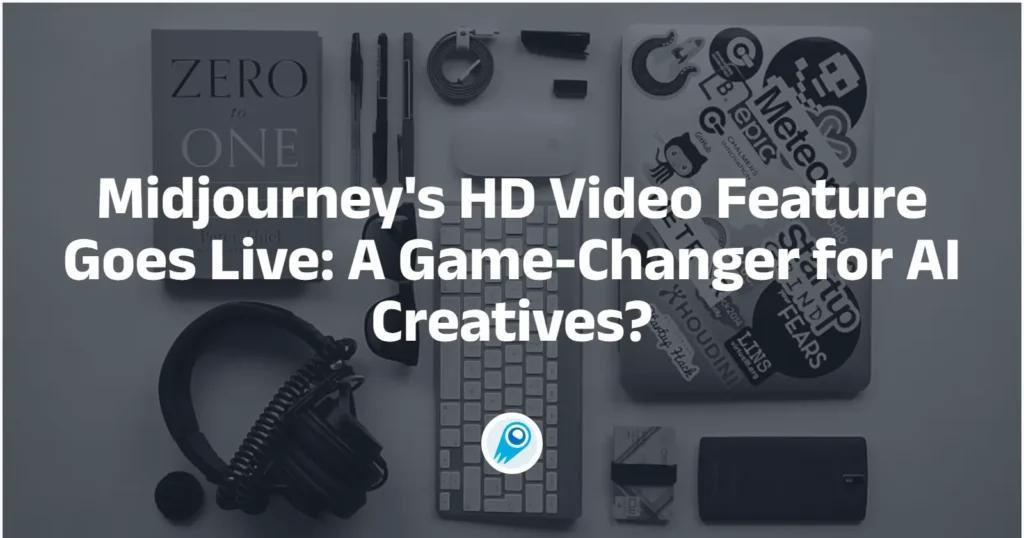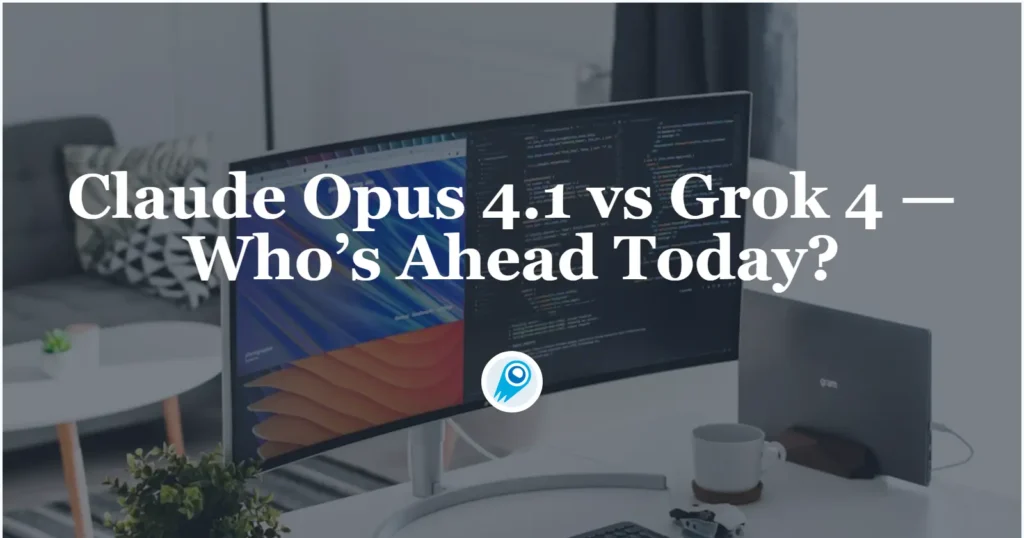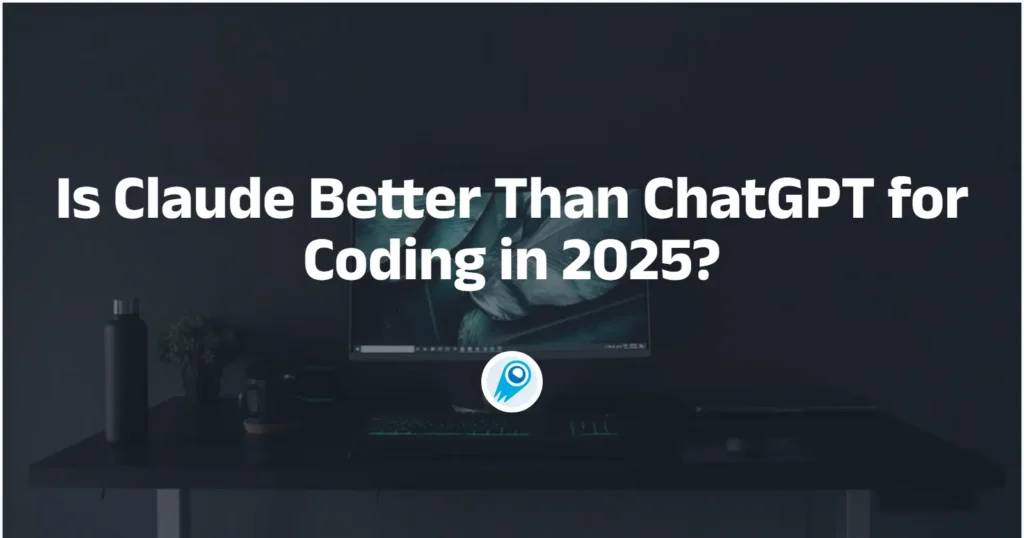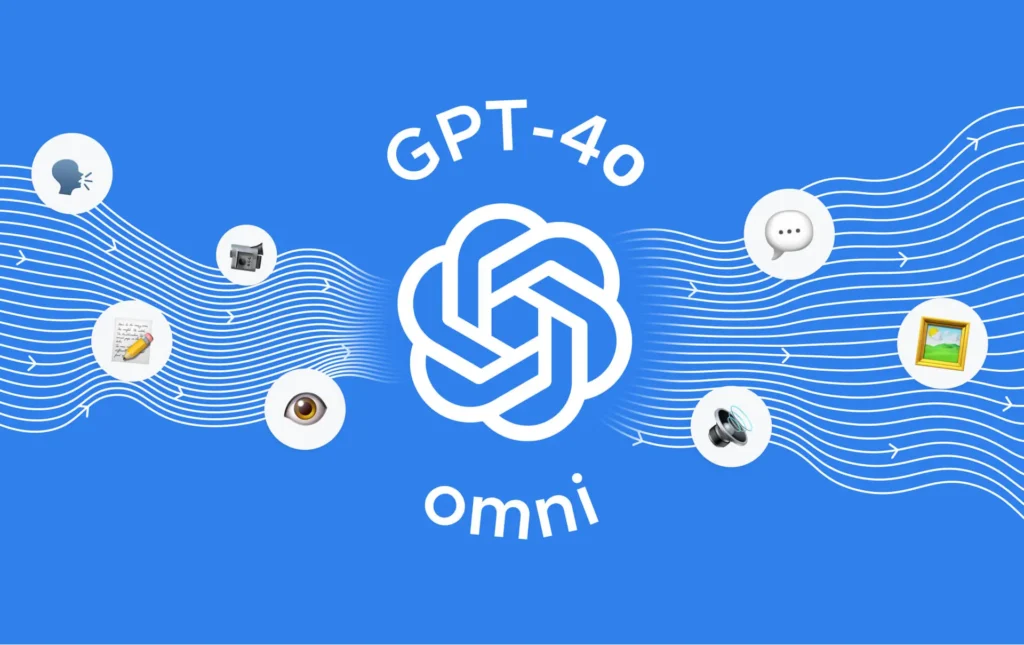Google launches new Gemma 3 270M model lately, If you love tinkering with compact, efficient models and getting things to run on a laptop, phone, or small server, Gemma 3 270M is a delightful new friend: a 270-million-parameter model from Google designed for extreme efficiency and task-specific fine-tuning. It’s intentionally tiny, power-frugal, and surprisingly capable […]
Pollo AI Alternative: Why should you Choose CometAPI Now?
As a developer who’s been testing AI API aggregation platforms full-time for the last several months, I treat every integration like a small experiment: measure latency, complexity of auth, variety of available models, cost-per-inference, and real-world robustness (retries, webhooks, pagination, etc.). In this article I compare two players I’ve tested closely: Pollo AI (an all-in-one […]
Is Grok 4 free? — a close look as of August 2025
Grok 4 — the latest flagship model from xAI — is the hot topic in AI circles this summer. Its debut has reignited the competition between xAI, OpenAI, Google and Anthropic for the “most capable general-purpose model,” and with that race comes the inevitable question for everyday users, developers and businesses: is Grok 4 free? […]
Hunyuan3D 2.0 API
Hunyuan3D 2.0 is Tencent’s advanced large-scale 3D generative AI system. Leveraging diffusion-based architectures, it transforms text descriptions or images into richly detailed 3D assets—meshes enriched with high-quality textures—via a two-stage pipeline of shape generation and texture synthesis.
Model Type: 3D Generation
Midjourney’s HD Video Feature Goes Live A Game-Changer for AI Creatives
Midjourney’s HD video mode goes live — higher fidelity, higher cost, wider availability: Midjourney officially rolled out an HD video mode for its newly introduced video tools, opening higher-resolution AI video rendering to paying professional users. The addition upgrades Midjourney’s image-to-video workflow with a higher-pixel option that the company says targets creators who need crisper, […]
Accessing GPT-5 via CometAPI: a practical up-to-step guide for developers
OpenAI’s GPT-5 launched in early August 2025 and quickly became available through multiple delivery channels. One of the fastest ways for teams to experiment with GPT-5 without switching vendor SDKs is CometAPI — a multi-model gateway that exposes GPT-5 alongside hundreds of other models. This article s hands-on documentation to explain what CometAPI offers, how […]
Claude Opus 4.1 vs Grok 4 — Who’s Ahead Today?
In early August 2025 Anthropic shipped Claude Opus 4.1, a focused upgrade aimed at real-world coding, agentic workflows, and multi-step reasoning; at roughly the same time xAI’s Grok 4 has been promoted as a real-time, tool-native challenger with strengths in web-connected reasoning and multimodal work. Both models are being positioned for enterprise use (APIs, cloud […]
Is Claude Better Than ChatGPT for Coding in 2025?
The rapid evolution of AI language models has transformed coding from a manual, time-intensive process into a collaborative endeavor with intelligent assistants. As of August 14, 2025, two frontrunners dominate the conversation: Anthropic’s Claude series and OpenAI’s ChatGPT powered by GPT models. Developers, researchers, and hobbyists alike are asking: Is Claude truly superior to ChatGPT […]
How Much does Claude Code Cost? A Guide for Developers and Teams
Anthropic’s Claude Code is one of the more prominent AI coding assistants in 2025: a productized experience for developers that pairs Anthropic’s Claude models (Sonnet and Opus families) with terminal and IDE integrations, subscription plans, and a pay-as-you-go API. But “how much does it cost?” isn’t a single number — it depends on whether you […]
How to switch back to GPT-4o if you hate ChatGPT-5
GPT-4o is OpenAI’s high-performance, multimodal successor in the GPT-4 line that is available via the OpenAI API, in ChatGPT for paid tiers, and through cloud partners such as Azure. Because model availability and default settings have changed recently (including a brief replacement with GPT-5 and a user-driven restoration of GPT-4o in ChatGPT), the sensible path […]

